Those who travel to Israel are generally familiar with two possible sites for the crucifixion and burial of Jesus.
If you come from a Roman Catholic or Orthodox background, you will most likely visit the Church of the Holy Sepulchre which has been the traditional site since the time of Constantine in the 4th Century. However, if you are from a Protestant or Pentecostal tradition you are more likely to spend time at the Garden Tomb, which beautifully reflects the character of the resurrection but archeologically the grave has been identified as from the First Temple period—8th to 7th century before Christ.
The Mount of Olives
Of more recent times, a third site has been suggested and is gaining support from Bible teachers and pastors. This is the Mount of Olives. This was proposed by Dr Ernest Martin, who bases his arguments largely upon the Scripture in the Book of Hebrews.
‘We have an altar from which those who serve the tabernacle have no right to eat. For the bodies of those animals whose blood is brought into the holy place by the high priest (as an offering for) sin, are burned outside the camp. Therefore Jesus also, that He might sanctify the people through His own blood, suffered outside the gate. So, let us go out to Him outside the camp, bearing His reproach.’
– Hebrews 13:10-13 (emphasis added)
Outside the Camp
The key phrases which help us to identify a place are ‘outside the gate’ and ‘outside the camp’. This passage refers to the rituals that were carried out at an altar ‘outside the camp’. To understand this we must go back to the Old Testament.
There were two altars in the Tabernacle and subsequently in the Temple. One was the incense altar in the Holy Place and the other was the altar of burnt offering from which the priests could eat certain parts of some of the offerings. There was, however, another altar from which the priests could not eat, mentioned in verse 10. This was an altar ‘outside the camp’ where the remains of the sin offerings were burnt and where the ashes from the burnt offerings in the temple were brought (Lev 4:12,21, 6:11, 9:11, 16:27, Num 19:3,9). For the sin offerings, the entire animal was sacrificed and the priests had no portion.
The Red Heifer
On the Day of Atonement, the red heifer was sacrificed on this altar and also the goat for the Lord was sacrificed there (Lev 16). Their blood was brought into the Holy Place and sprinkled to cleanse and make atonement for the sanctuary, the tent of meeting, the altar, the priests and the people. In Jewish law, the ashes of the red heifer, mixed with spring water, was essential for the cleansing of those who had become defiled (Numbers 19:9,17, Hebrews 9:13).
Modern Judaism understands the importance of this and the Temple Institute is trying to breed a perfect red heifer which is the last essential step before they are fully prepared to build the third temple.
The Miphkad Altar
In the tabernacle in the wilderness, the Holy of Holies faced east, towards the rising sun, as did ancient maps, not north as ours do now. There was only one entrance to the tabernacle—on the east side (see Ex 40, Num 2). The clean place where the ashes were taken was also to the east (Lev 1:16).
When the Temple was built, the arrangement was the same. In Jerusalem, this altar ‘outside the camp’ was located on the Mount of Olives near the summit in view of the Temple precincts (Mishnah, Middoth 2:4). It was called the Miphkad altar and was referred to in the Mishnah as a pit (eg Para 4:2). The gate that led to it was called the Miphkad (mustering or inspection) gate.
In New Testament times, there was a double arched causeway that led from the Temple Mount to the Mount of Olives built by the priests for the High Priest to walk on to this altar, raised over the Kidron valley so he would not become unclean by walking over graves (Mishnah, Para 3:6). The eastern wall was lower than the other walls to cater for the High Priest to be able to see over it into the temple precincts in order to be able to perform his duties on the Day of Atonement (Mishnah, Middoth 2:4, Para 4:2).
Outside the camp meant a distance of 2000 cubits (about 900 meters—Num 35:5, Mishnah, Rosh HaShanah 2:5) from the seat of the Sanhedrin in the Chamber of Hewn Stone in the Temple.
The Crucifixion
Now with this background, let’s look at the Crucifixion of Jesus. Those condemned to death had to be killed ‘outside the camp’ in particular those who had blasphemed the name of the Lord i.e. cursed
(Lev 24:10-16,23, Num 15:35-36). Both the Holy Sepulchre and the Garden Tomb are less than 2000 cubits from the Temple chambers, so both would be excluded on this point.
Roman law said that a person should be executed at the place of their crime and if this were not possible, then the place of their arrest or a main roadway (Digest 48:9.19.28.15; cf. Collectio Legum Nosaicarum et Romanarum, I. 6, Acts of Pilate, IX. 5). Crucifixion was carried out in a public place as it was meant to deter others from committing crimes (Declamationes, 274).
The major route that Jesus took when coming to Jerusalem was via Jericho, Bethany and Bethphage, which was the most common route of the Jews coming from Galilee, especially for the Feast times. From Bethphage the road ascended over the Mount of Olives then descended to the Kidron Valley and up to the Temple and the city. What better place to crucify someone accused of blasphemy than by the very road he used, on the mountain on which he taught and on the route he had come a week before to be proclaimed king?
These criteria would truly bring us to the Mount of Olives, as Jesus rode the donkey down this road and was arrested at the Garden of Gethsemane which was across the Kidron on the Mount of Olives.
What the centurion saw
The Gospels record that there were supernatural signs that occurred at Jesus’ death—an earthquake, graves opened and the dead were walking around the city, and especially that the curtain in the temple was torn from top to bottom. Martin holds this as a key to the place of the crucifixion.
The centurion and others near him at the crucifixion site SAW these events that took place and this caused the centurion to declare that ‘truly this was the Son of God’ (Matt 27:54, Mk 15:39). The only place where it would be possible to see this take place is on the Mount of Olives on the eastern side of the Temple.
The summit is 76 metres higher than the current temple platform. As we saw earlier, the Miphkad altar was aligned east of the Temple near its summit especially to allow the high priest to see into the Temple precincts when he sacrificed the red heifer and threw its blood in the direction of the Holy of Holies. Currently, the Mosque of the Ascension is located at the southern summit of the Mount of Olives in line with the Dome of the Rock and the Russian church of the Ascension is close by. This would make the location of the New Testament Miphkad altar somewhere in that vicinity, and the site of the Crucifixion close to this point.
The Tomb
If this were the site of the crucifixion then there must be a tomb nearby. There are a number of first century tombs on the Mount of Olives, but the best candidate is probably the one in the grounds of the Pater Noster (Our Father) Church near the summit of the Mount of Olives, at the crossroads of the road to Bethphage and the road along the top of the Mount of Olives. It has the remains of a 4th century Byzantine church built over a cave with an adjacent first century burial complex.
When the Jewish believers returned to Jerusalem, they were not allowed to enter Hadrian’s Aelia Capitolina, and so set up their headquarters on the Mount of Olives, the ‘new Zion’ (Eusebius, Proof of the Gospel VI:18).
The earliest pre-Constantine historians and visitors talk about visiting a CAVE on the Mount of Olives (Eusebius, Proof of the Gospel VI:18). The easiest way to build a tomb in the first century was to chip into the sides of a pre-existing limestone cave. Most burial chambers at this time had an entrance chamber (often a cave) with oven-shaped niches hewn into the rock into which the body was inserted lengthwise—called Kokhim tombs. They sometimes had a shelf where a body could be laid before it was inserted.
The other type of first century grave was called an arcosolium which had an arch cut into the walls and the body placed on a shelf. However, they were only about 60 cm high. For Mary to see the angels at the head and feet of where Jesus’ body had lain, it could not have been inside a kokhim grave.

PHOTO: The beautifully stunning Garden Tomb – a popular destination for protestant pilgrims journeying to the Holy Land.
Most likely, since the body had been quickly laid to rest before the Sabbath and the anointing process was not yet complete, it was left on a shelf. Also since it was a new, unused tomb, it may not yet have had the kokhim graves cut into it. The tombs at Pater Noster are of the kokhim variety with room for five bodies.
The area of the Mount of Olives, as anyone who has visited would know, is covered in graves on its southern end and also has monumental graves in the Kidron Valley. One would have also noticed the prevalence of olive groves and trees on the Mount named after these since the time of David (2 Sam 15:30). How much more must this have been the case in the first century?
Moreover, Joseph of Arimathea was a wealthy member of the Sanhedrin council and Bethphage was a priestly city. Could it be that he owned land and allowed the disciples to meet in a cave on his property where he had an Olive grove or garden and in the close vicinity to where he was building a family tomb?
Biblical Significance
So what difference does it make where Jesus was crucified and buried? In the light of the Scripture in Hebrews 13, Jesus suffered outside the gate, and we are to go outside the camp as He did bearing His reproach. If Jesus suffered near the very place of the red heifer sacrifice, it adds a whole other dimension to Him becoming our sin offering and cleansing us.
Hebrews 9:13-14 says:
‘For if the blood of goats and bulls and the ashes of a heifer sprinkling those who have been defiled sanctify for the cleansing of the flesh, how much more will the blood of Christ, who through the eternal Spirit offered Himself without blemish to God, cleanse your conscience from dead works to serve the living God?’
Jesus became not just a sacrificial Passover lamb but also the specific red heifer sacrifice that cleanses the defilement that causes us to have to stay ‘outside the camp’ of His presence. Not only has the veil been torn but the problem of sin dealt with once for all so that all who repent of sin and embrace Jesus’ sacrifice for us can now enter with confidence into the Holy Presence of God (Heb 10:19-22).
Furthermore, the Mount of Olives was the place that the Shekinah glory left from in Ezekiel’s vision (Ezek 11:22-23) and it returned through the eastern gate (Ezek 43:1-5). Jesus ascended from the Mount of Olives (Acts 1:9-12) and will return to it when He comes in glory to take up His holy throne on earth and rule the world from Jerusalem in righteousness and truth (Zech 14:4,9).
This truly is a place of great importance—and perhaps even more so than we have previously understood.

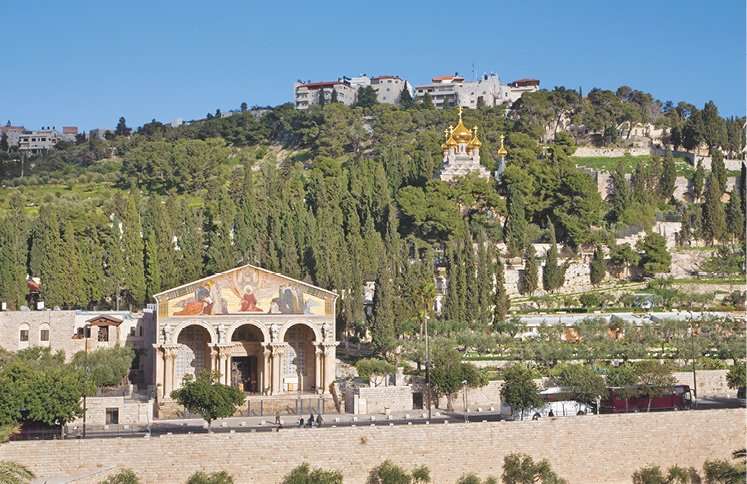
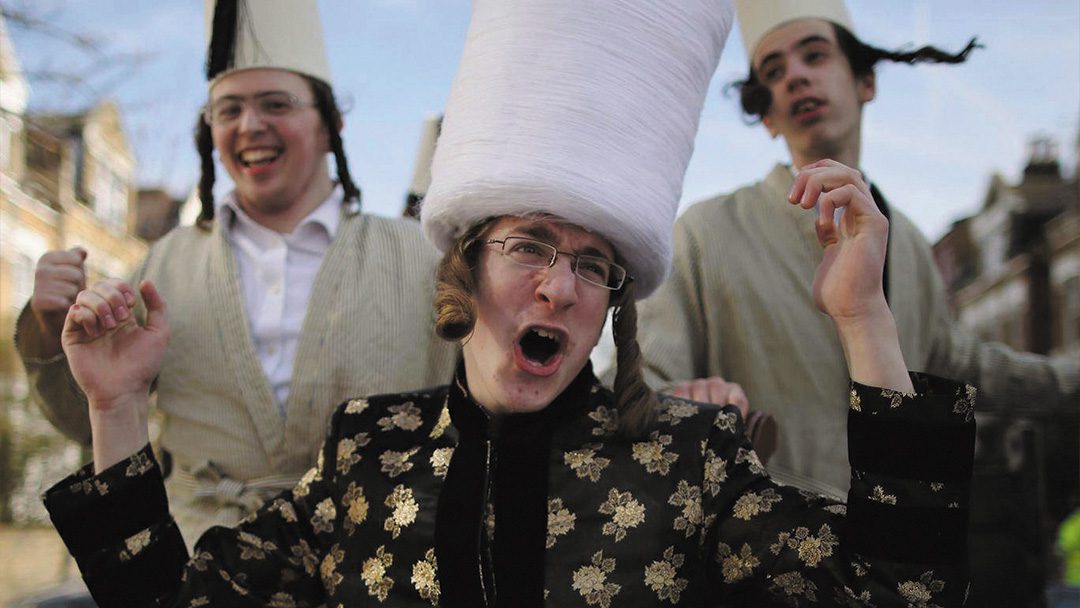


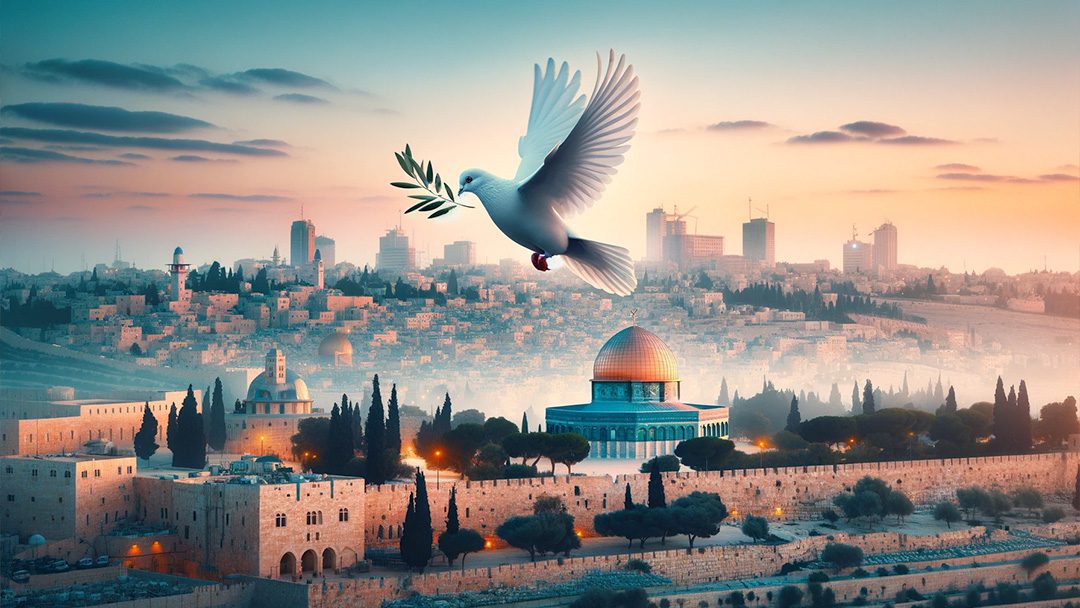
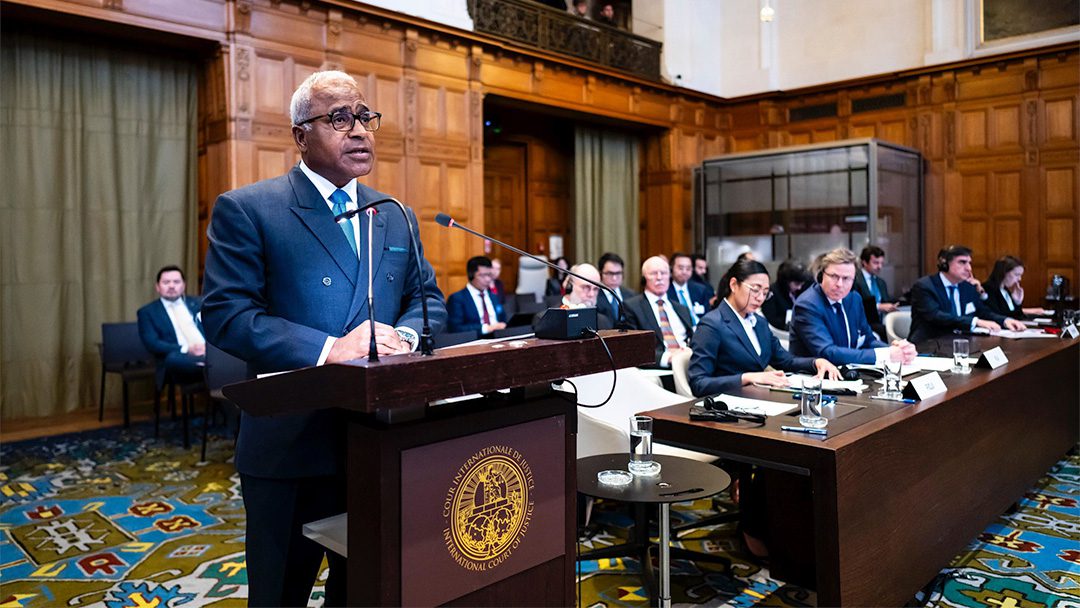

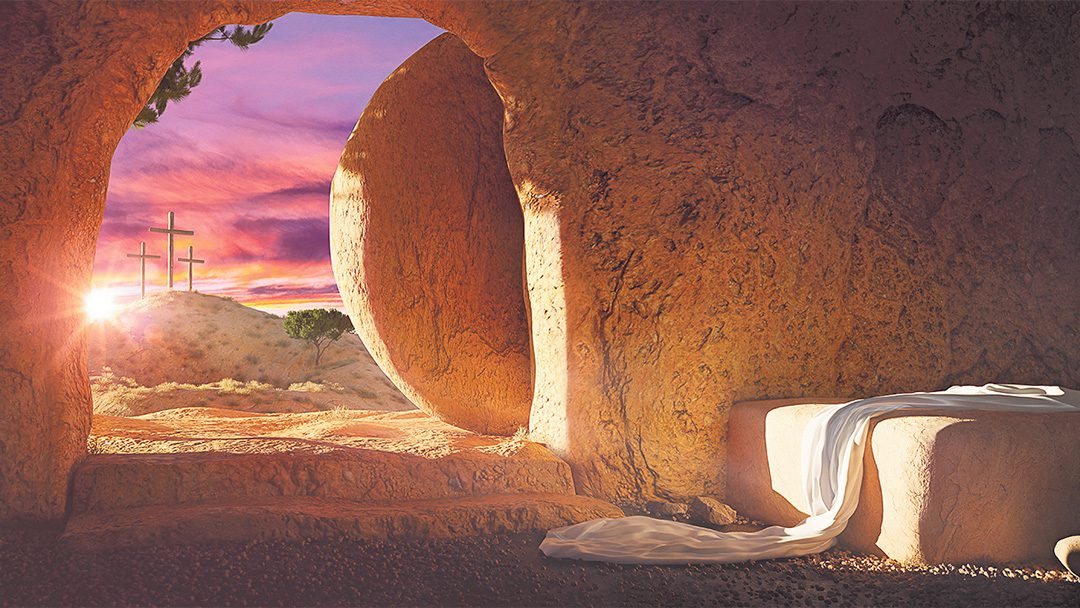


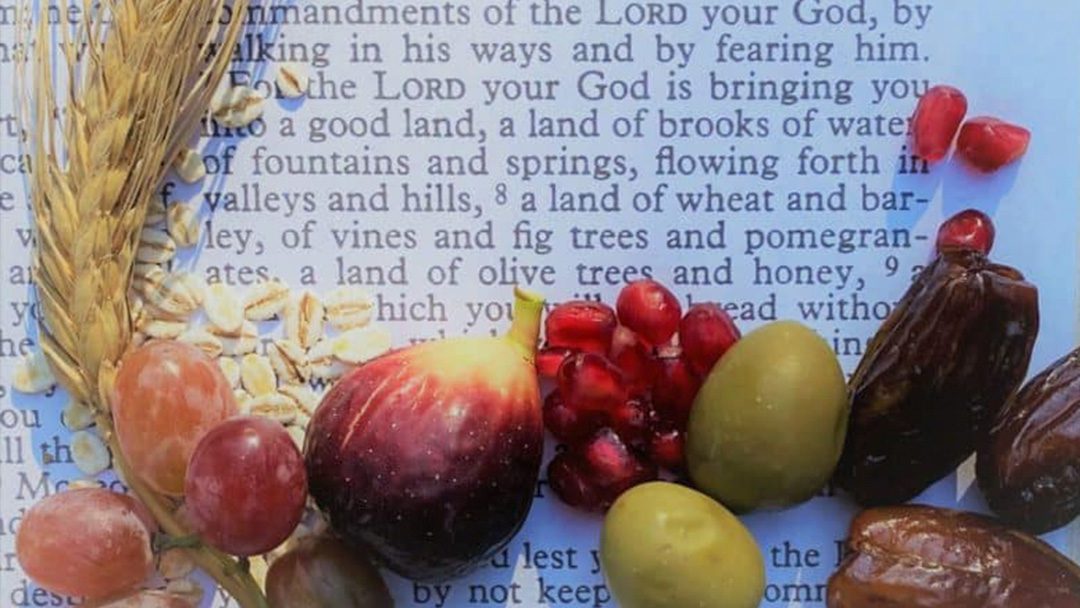
0 Comments